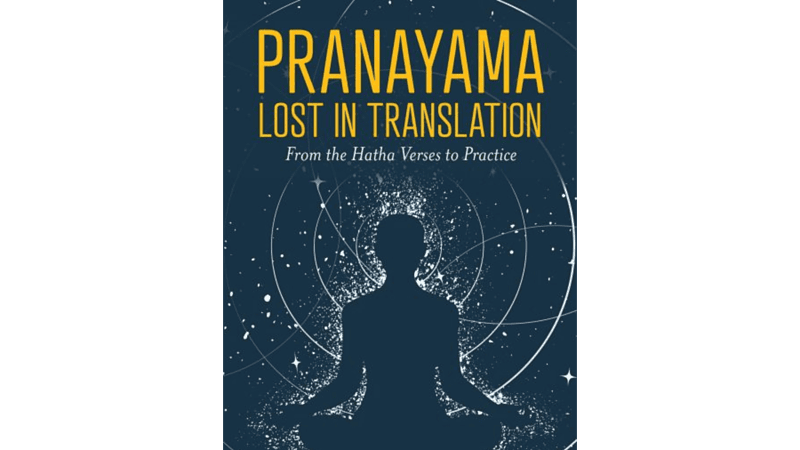
The Breath: Our Superpower
Harnessing the Power of Breathwork for Healing and Balance - By Tonita Salmon
Reading time: 4 minutes
The breath is our superpower.
Breathwork is one of the simplest and most effective ways to regulate your entire system; it is a powerful way to access the body’s innate ability to heal itself. The breath, or prana, is our life force energy. We may deny ourselves the full power of our pranic force by habitually moving through each day using an unconscious shallow breathing pattern; this can keep us in a state of anxiety, often referred to as the fight or flight response. Breathwork can help us to move out of this mode into the parasympathetic state – one of relaxation, rest and recovery.
Learning how to consciously breathe can profoundly impact your overall health. There are a multitude of breathing techniques that are tools for major transformation of your emotional, mental, physical and spiritual well-being.
Breathwork enhances:
- A sense of balance and harmony
- Creativity
- Immune system functioning
- Increase in energy and stamina
- Intuition
- Positive mood and mindset
- Regulation of the nervous system
Breathwork reduces:
- Anxiety
- Blood pressure and heart rate
- Depression
- Lactic acid in muscle tissue
- Levels of stress hormones in the blood
- Tension – mental and physical
- Trauma symptoms
Activating your super power
In yoga, pranayama (Sanskrit: vital life force) is the formal practice of breath regulation. This week’s blog focuses upon the yogic technique of Alternate Nostril Breathing or Nadi Shodhana (Sanskrit: channel purification); this is a simple breathing practice that can have a profound impact on your well-being; it involves alternating the breath through each nostril allowing prana to flow freely throughout the channels of the body.
The benefits
- Balances hormones
- Brings balance to the right and left hemispheres of the brain
- Calming and grounding
- Detoxifies the body
- Dissolves stress and anxiety
- Encourages mental clarity and focus
- Infuses the body with oxygen
- Regulates the nervous system
Contraindications
Please refrain from practicing Alternate Nostril Breathing if you have high blood pressure, cardiac or respiratory conditions. If you require further information regarding specific guidance for your health condition, it is advised that you contact a certified yoga teacher.
The practice
Time 5-10 minutes increasing gradually as you see fit
Breathing ratio 1:1
Equal breath length. Inhale for 4 counts. Exhale for 4 counts
Whilst Alternate Nostril Breathing does not require great effort or exertion, the practice asks for respect and adherence to the form and technique detailed below for channel purification.
- Sit in a comfortable position with your head, neck, and torso upright. This will ensure that your spine is erect so that you may breathe more freely — sitting in a slouched position can create physical and mental tension, in turn, negatively affect your nervous system.
- Breathe from your diaphragm. Allow each inhalation and exhalation to be of equal length - deep, smooth, relaxed. Be gentle with yourself as you breathe, do not force anything. Let each breath flow rhythmically without pausing. Slowly increase the length of your breath by finding your level of comfort. Avoid the practice of breath retention unless you are receiving guidance from a certified yoga teacher.
- Use Vishnu Mudra, known as the universal gesture of balance, to gently close off each nostril. Raise your right hand up to the nose. Fold your index and middle finger into the palm - the thumb can be used to close the right nostril with the ring finger used to close the left. Close your eyes.
- The breath flows freely through each nostril activating the left and right hemispheres of the brain by providing it with equal amounts of oxygen. This regulates the nervous system, settles the mind and creates a sense of calm.
- Begin your breathing practice by exhaling through both nostrils. Close the right nostril with your thumb and inhale through the left for the count of four. Close the left nostril with your ring finger, releasing the thumb and exhaling for the count of four through the right nostril. Make sure that each inhalation and exhalation are of equal length. Again, be gentle – avoid forcing the breath.
- Continue alternating between breathing through the left and right nostrils for approximately 5 to 10 minutes, or longer if you feel comfortable with the technique. As with any yogic practice, listen very carefully to the language of your body; it will guide you.
Notice – how are you feeling?
Take control of your breath. Take control of your own health and well-being.







